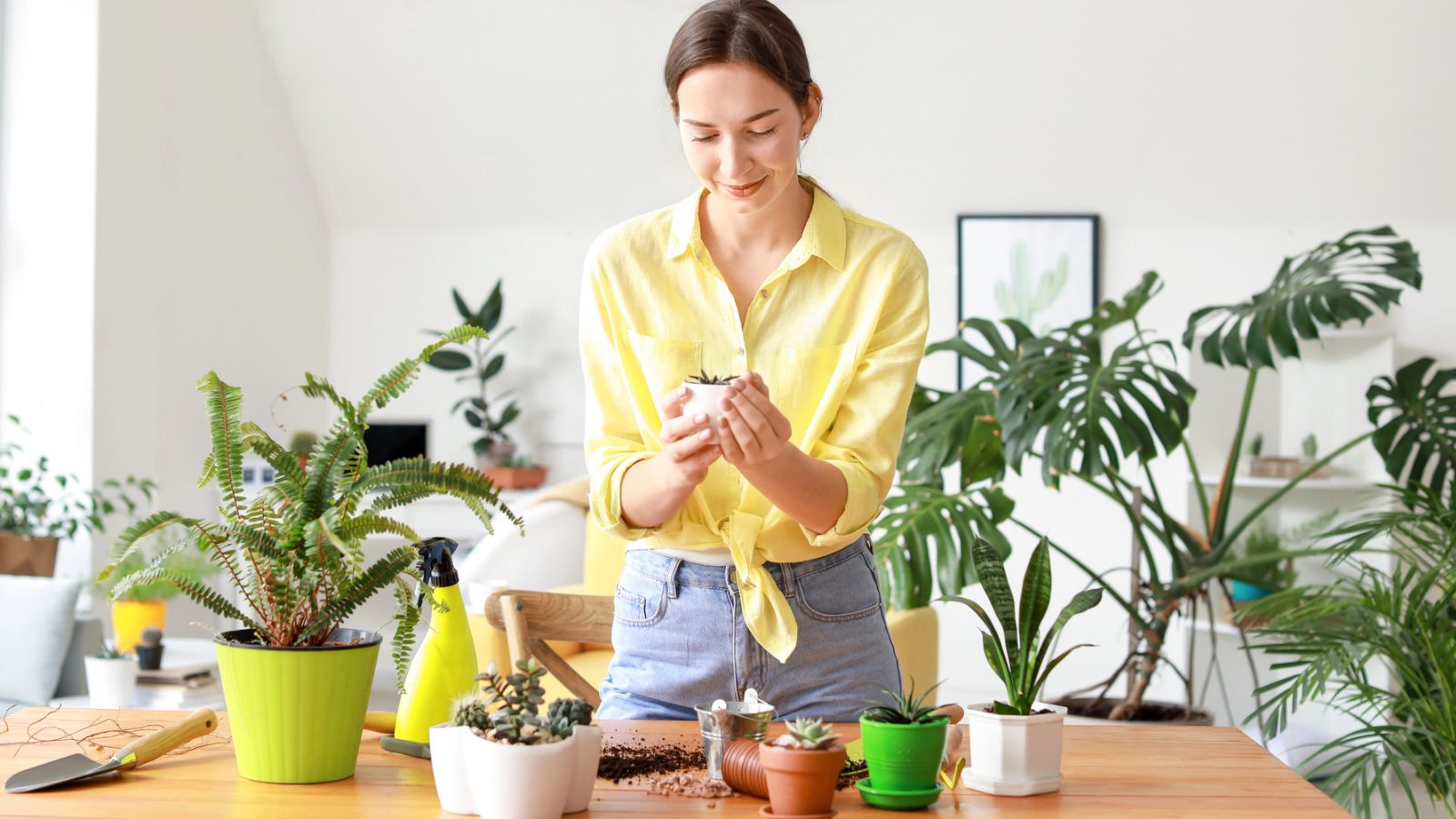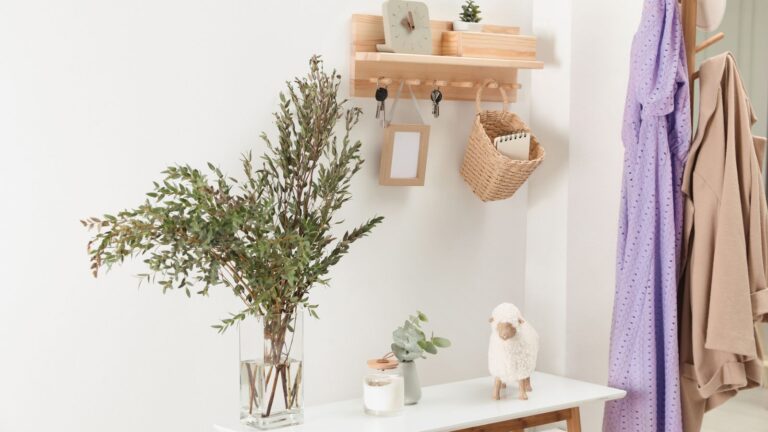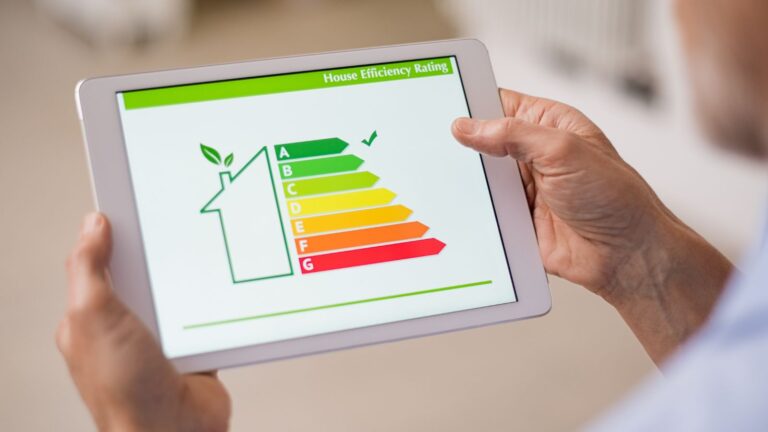8 Simple Hacks To Help Your Houseplants Thrive
Houseplants can bring so much life and warmth to your home. But if you’ve ever watched leaves droop or brown overnight, you know keeping them alive isn’t always easy. The good news? Most of it comes down to understanding a few basics—and once you’ve got those down, your plants will be much happier (and so will you).
Know What Your Plant Actually Needs
Every plant is different. Some love full sun, others want to live in the shade. Some prefer dry soil, while others need constant moisture. Before you even bring a plant home, take a few minutes to look up what kind it is and what it needs to thrive. Light, water, humidity, and even temperature can make or break your plant’s chances.
Start by placing each plant where it’ll be happiest. A sunny windowsill might be great for a succulent but too much for a fern. When you know what conditions a plant likes, it becomes much easier to keep it healthy long-term.
Get the Light Just Right
Light is one of the most common reasons plants start to struggle. Too little and they’ll stretch out with weak stems and sparse leaves. Too much and they’ll scorch or dry out. Most houseplants prefer bright, indirect light. That means near a window, but not in the path of harsh direct sun.
Watch how your plant reacts—yellow leaves can mean too much light, while pale or leggy growth usually signals not enough. If you don’t have a bright space, consider adding a grow light to help give your plants the boost they need, especially in the winter.
Watering Without the Guesswork
Overwatering is one of the most common ways people accidentally kill their plants. Let the top inch or so of soil dry out before watering again. You can use your finger to check, or buy a simple moisture meter if you’re not sure.
When you do water, do it thoroughly—until water runs out of the drainage holes. Then empty the saucer underneath so the roots aren’t sitting in it. The goal is to keep roots hydrated without drowning them. And remember, different plants need different watering schedules, so check on each one individually.
Don’t Forget About Humidity
Some plants, especially tropical ones, crave humidity. If your home is on the dry side, you might notice crispy edges on leaves or stunted growth. You can raise humidity by grouping plants together, setting up a pebble tray with water, or using a humidifier nearby.
Even a daily misting can help, though it’s more of a temporary fix. Keep an eye on plants like calatheas, ferns, and peace lilies—they’ll usually let you know when they need a little more moisture in the air.
Use the Right Soil
The soil in your pot is more than just filler. It’s what holds moisture, nutrients, and air for your plant’s roots. A general potting mix works for most houseplants, but some—like succulents, cacti, and orchids—need more specialized blends that offer better drainage.
You can customize soil by mixing in things like perlite, sand, or bark depending on what your plant prefers. And if your plant seems unhappy, sometimes just repotting it with fresh soil can make a world of difference.
Feed Them—But Not Too Much
Like people, plants need nutrients to grow. And while your potting soil has some to start with, over time your plants will need more. A balanced houseplant fertilizer works for most, and liquid options are easy to mix in with your regular watering.
Stick to feeding once a month during the growing season (usually spring and summer) and taper off in fall and winter. More isn’t better—overfeeding can burn the roots and cause more harm than good.
Watch for Pests
Even healthy-looking plants can develop pests like spider mites, aphids, or mealybugs. Check your plants regularly for any sticky residue, tiny bugs, or odd webbing. If you catch it early, you can usually treat it quickly with insecticidal soap, neem oil, or even a cotton swab dipped in rubbing alcohol.
The key is consistency—inspect your plants often, and act fast if something looks off. A little attention goes a long way in keeping pests from becoming a bigger issue.
Make Room to Grow
If a plant seems cramped, wilting despite care, or its roots are pushing out of the pot, it might be time for a move. Repotting gives your plant more space and fresh soil to grow into.
Choose a pot that’s only slightly bigger than the current one—too big, and it may hold too much moisture. Gently loosen tangled roots, refresh the soil, and give it a good drink after repotting. Most houseplants benefit from repotting every year or two.
Keep it Simple
Taking care of houseplants isn’t about being perfect—it’s about being consistent. Pay attention to what your plants are telling you. Learn a little bit about each one. And when in doubt, less water is usually better than too much.
With a bit of attention and some simple habits, you’ll go from struggling to keep anything alive to having a thriving indoor jungle. It really just comes down to knowing what your plants need—and showing up for them regularly.
This article first appeared on Happy From Home.







